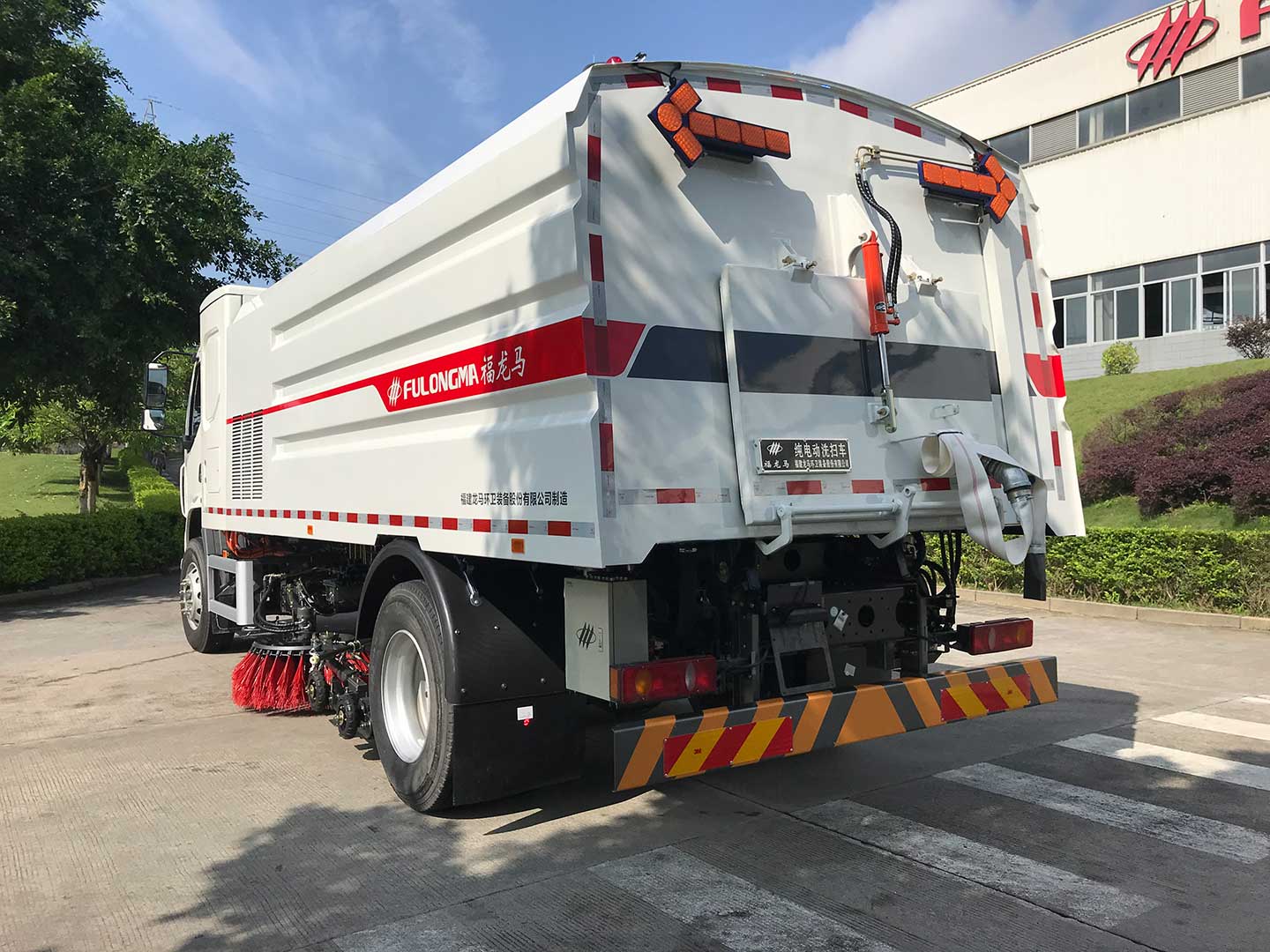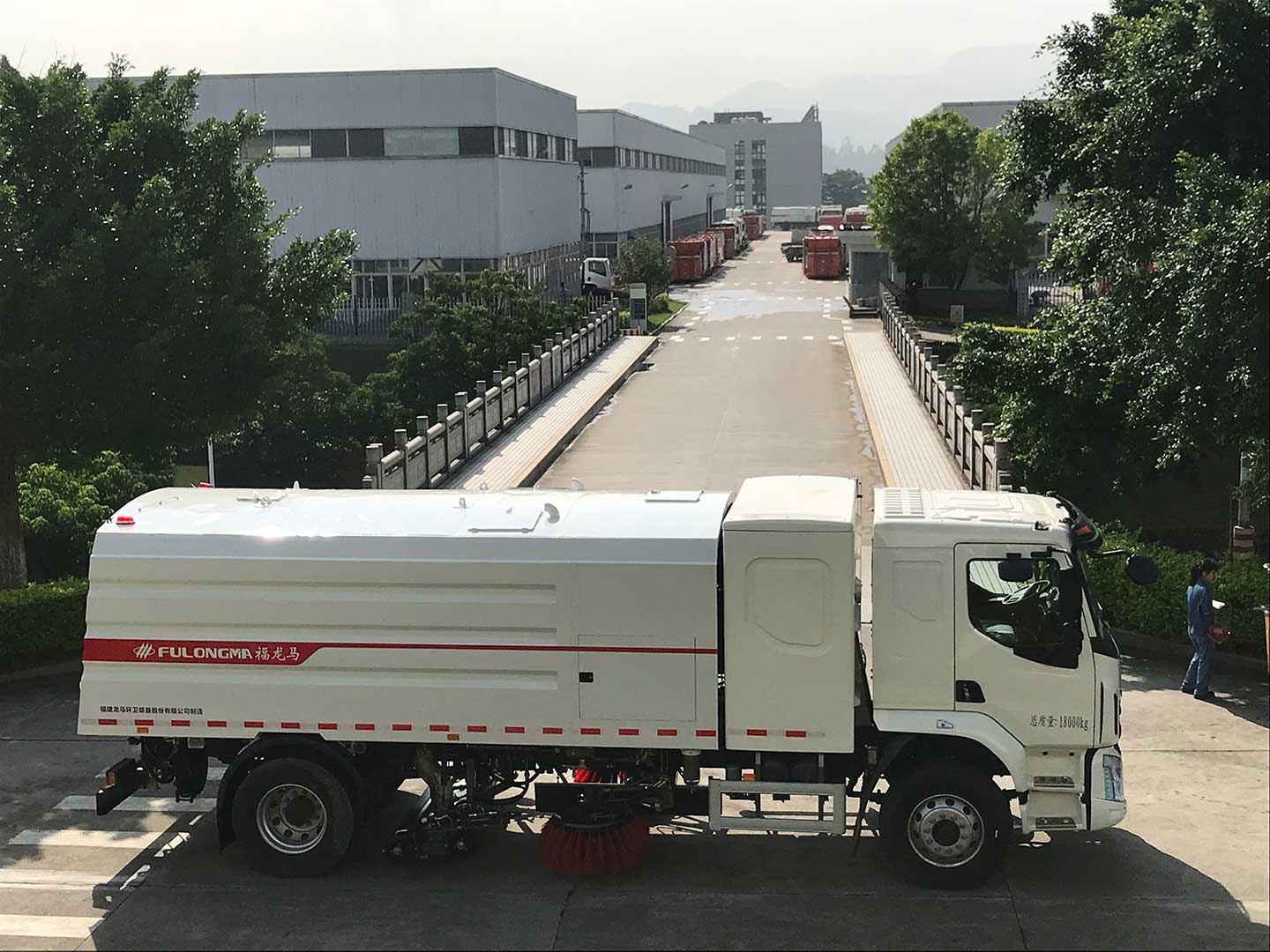In the bustling landscape of urban environments, amidst the constant flow of vehicles and pedestrians, lies an often overlooked but essential element of city maintenance: street cleaning trucks.
Street cleaning trucks, also known as sweepers or sweep trucks, are specialized vehicles designed to remove dirt, debris, and litter from road surfaces and public spaces. They come in various shapes and sizes, ranging from compact models for narrow streets to large machines equipped with advanced cleaning systems for major thoroughfares. These trucks are equipped with sweeping brushes, vacuum systems, and water tanks to collect and dispose of unwanted materials effectively.

Understanding Street Cleaning Trucks
Street cleaning trucks are equipped with sophisticated systems and mechanisms designed to tackle the diverse array of debris and waste found on urban streets. These vehicles perform a range of functions, including sweeping, vacuuming, and flushing, to remove dirt and contaminants from road surfaces and sidewalks effectively. Moreover, they are equipped with advanced technologies and equipment to enhance efficiency, productivity, and environmental sustainability.
Purpose of Street Cleaning Trucks
The primary purpose of street cleaning trucks is to maintain cleanliness and hygiene in urban environments. By removing dirt, debris, and litter from streets and public spaces, these vehicles help prevent environmental pollution, protect public health, and preserve the aesthetic appeal of cities. Additionally, street cleaning trucks play a vital role in supporting other municipal services, such as waste management and stormwater runoff control.
Functions of Street Cleaning Trucks
- Sweeping: Using rotating brushes and high-powered vacuum systems to sweep debris and litter from road surfaces.
- Vacuuming: Collecting fine particles and loose materials from hard-to-reach areas, such as gutters, curbs, and sidewalks.
- Flushing: Spraying water or cleaning solutions to dislodge stubborn dirt and grime and facilitate their removal.
- Waste Collection: Storing collected debris in onboard containers or dump trucks for proper disposal or recycling.
Technologies and Equipment
Modern street cleaning trucks are equipped with advanced technologies and equipment to enhance their performance and efficiency. These include:

- GPS navigation systems for optimized route planning and tracking.
- Automated control systems for precise operation and resource management.
- Eco-friendly features such as low-emission engines and water recycling systems.
- High-pressure water jets and specialized brushes for effective cleaning of different surfaces.
Operational Procedures
- Scheduling: Planning regular cleaning cycles based on factors such as traffic volume, weather conditions, and special events.
- Route Mapping: Identifying optimal routes and areas for cleaning to maximize coverage and efficiency.
- Coordination: Collaborating with other municipal services, such as waste management and road maintenance, to streamline operations and resources.
- Inspection: Conducting routine inspections and maintenance checks to ensure the proper functioning of equipment and systems.
Challenges and Limitations
Despite their effectiveness, street cleaning trucks face several challenges and limitations that can impact their performance and efficiency.
- Heavy Traffic: Navigating congested streets and highways can impede the progress of street-cleaning trucks and delay cleaning operations.
- Inclement Weather: Adverse weather conditions such as rain, snow, and extreme temperatures can hinder cleaning efforts and reduce effectiveness.
- Budget Constraints: Limited funding and resources may restrict the frequency and scope of street cleaning activities, leading to suboptimal results.
- Technological Constraints: Outdated equipment and infrastructure may limit the capabilities of street cleaning trucks and hinder innovation and progress.
Conclusion
Street-cleaning trucks play a vital role in maintaining clean, safe, and inviting streetscapes in urban environments. By understanding their purpose and function, we can appreciate the efforts required to keep our cities clean and take proactive steps to support these initiatives. Moreover, by embracing innovation and sustainability, we can pave the way for a cleaner, brighter future for generations to come. Let us continue to explore and innovate in the realm of street cleaning, ensuring that our cities remain vibrant, healthy, and sustainable for all.

